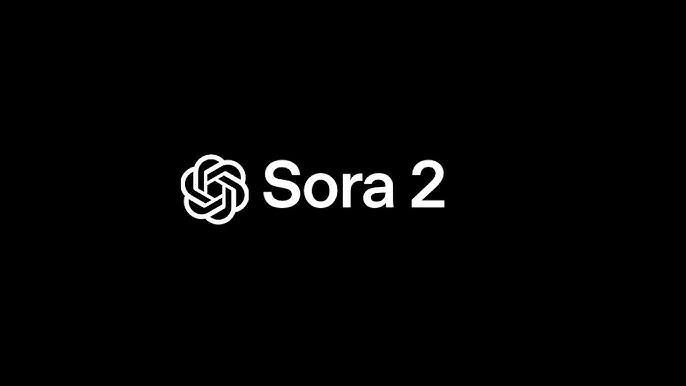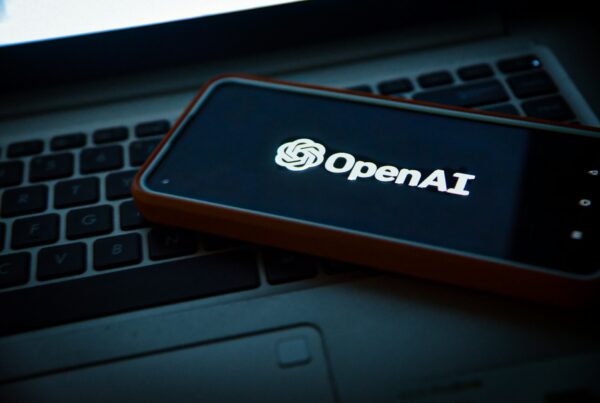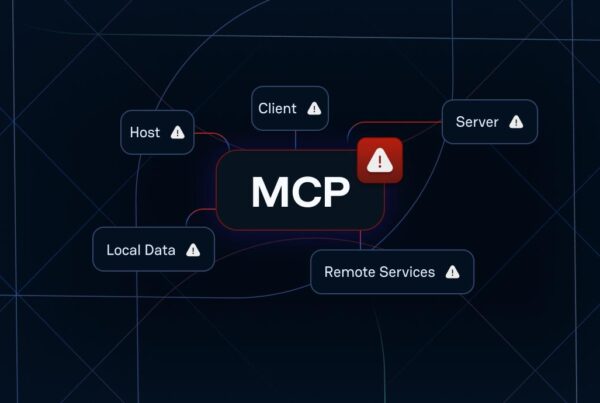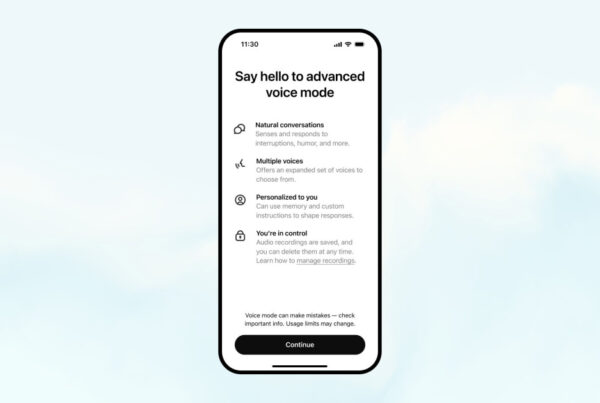Sora 2 weaknesses have become a key concern amid rising interest in text-to-video generative models. While the technology promises major innovation, it still faces technical and ethical challenges that developers and users must carefully consider.
As the successor to the first generation of Sora, the model has been anticipated for its potential to rival leading competitors like Veo 3. However, because it is still very new, comprehensive technical details on Sora 2 remain limited. The following weaknesses are drawn from the first version, industry-wide trends, and ongoing analysis of generative video models.
Physics and Motion Challenges
In video production, realistic object motion and accurate simulation of physical laws are critical.
The original Sora was criticized for unnatural movement. Objects often appeared odd when falling or interacting under gravity. This broke the realism of generated content.
Physics Simulation Still Unstable
If Sora 2 fails to improve, scenes with high physical complexity could still appear unrealistic. This would especially hurt long videos with multiple interactions.
Character Motion Consistency
Beyond objects, human or animal movements often lacked natural fluidity. For professional creators, stiff or awkward animation becomes a serious limitation.
Audio and Voice Synchronization
Visuals without audio feel incomplete, especially in storytelling or narrative-driven video.
The first Sora lacked integrated audio, a major drawback since silent video isn’t a complete product. For Sora 2, the main challenge is generating audio that fully aligns with visuals.
Lip Sync with Narration
The inability to sync lip movement with dialogue is a critical issue. If unresolved, conversations will appear artificial.
Environmental and Background Audio
Beyond narration, sound effects and music help set the tone. Without them, the viewing experience feels flat and less immersive.
Style and Storyline Consistency
Producing a single appealing scene is easier than generating multiple consistent ones.
Earlier versions struggled with keeping characters, visual style, and atmosphere coherent across scenes. This caused characters to randomly change appearance, lighting to shift abruptly, or transitions to feel unnatural.
Characters Changing Mid-Scene
One of the most jarring issues is when the same character appears differently across scenes.
Weak Scene Transitions
Rough transitions break immersion. For professional use, such inconsistency is a serious flaw.
Logical Flow and Spatial Awareness
Video is not just visual; it must also make narrative sense.
Earlier Sora models sometimes confused left and right or failed to maintain cause-and-effect logic. This broke story flow and left viewers confused.
Cause-and-Effect Errors
Storytelling requires logical sequences. Without this, video narratives appear disjointed.
Spatial Misinterpretations
Misplaced objects or incorrect perspective further reduce quality. This is especially problematic for cinematic ambitions.
Video Duration and Complexity Limits
So far, most text-to-video models are constrained by length.
The first Sora produced clips up to 60 seconds. If Sora 2 does not expand beyond this, creators remain stuck with short clips.
Scaling Limitations
For short films or ads, this poses a barrier. Users must still rely on editing tools to stitch scenes together.
Scene Complexity
The more characters or interactions in a scene, the harder it is to maintain consistency.
Safety and Ethical Risks
Text-to-video AI also raises major safety concerns.
Sora 2 could be misused for deepfakes or misinformation. Industry evaluations show no single model is fully safe.
Misuse Potential
AI-generated fake videos could spread disinformation, manipulate public opinion, or even enable scams.
Regulatory Gaps
Balancing innovation and safety remains a tough challenge. Without oversight, ethical risks may grow.
Computing Demands and High Costs
High-quality video requires heavy computing power.
GPU, memory, and bandwidth demands drive up costs. Producing cinematic-quality videos can be expensive.
Barriers for Small Businesses
Small creators or SMEs may find access difficult. Without efficiency options, mass adoption could stall.
Premium Pricing Tiers
If Sora 2 is priced at a premium level, it risks excluding broader users.
Learning Curve and Creative Control
Typing simple prompts is rarely enough for ideal output.
Users often experiment repeatedly to achieve desired results. Without granular controls for camera, lighting, or pacing, professionals may feel restricted.
Limited Editing Options
If in-built editing tools are weak, users must depend on third-party software.
Creativity Constraints
Lack of flexibility reduces its professional appeal compared to competitors.
Accessibility and Business Model
Beyond technical limits, access is also an issue.
If Sora 2 launches via invite-only and remains premium-priced, mainstream access could be delayed.
Restricted Early Access
Many AI tools start with limited rollout. If repeated, only a small group will benefit initially.
Subscription Barriers
High subscription costs could lock out small creators, slowing adoption.
Sora 2 brings promise to the generative video landscape, but these nine weaknesses cannot be ignored. From technical flaws in physics, audio, and character consistency to ethical and cost-related risks, every challenge will shape how this model is adopted. Readers can continue exploring more AI technology coverage on Olam News for deeper insights into global innovation trends.









